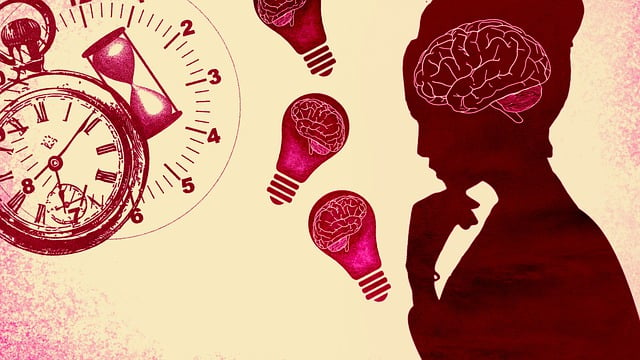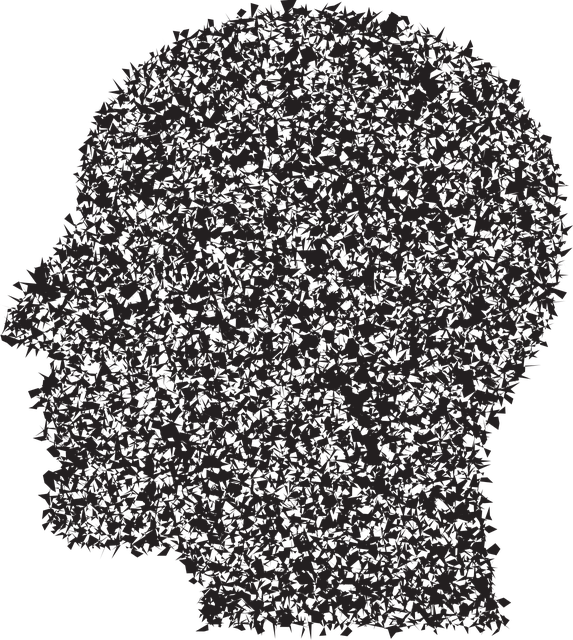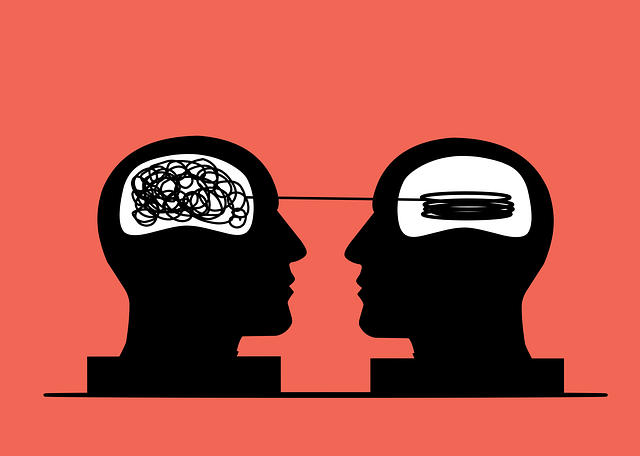Promoting mental wellness in adolescents is crucial due to unique pressures from academics, social expectations, and digital exposure. Techniques like Exposure and Response Prevention (ERP) therapy empower teens to manage anxiety through gradual exposure and coping strategy teaching. Healthcare provider burnout prevention and encouraging mental wellness journaling also contribute. Therapy for Adolescent Teens (TAT) and ERP are evidence-based approaches addressing specific teen challenges. Supportive environments fostering open dialogue, along with stigma reduction efforts and media literacy programs, enhance coping mechanisms and emotional intelligence, promoting holistic well-being.
Mental wellness promotion is a vital aspect of adolescent development, fostering resilience and overall well-being. This article delves into strategies to support young minds, with a focus on Exposure and Response Prevention (ERP) therapy. We explore how ERP equips teenagers with tools to manage anxiety and OCD effectively. Additionally, we discuss creating supportive environments, highlighting the importance of access to resources for adolescents seeking mental health guidance. By understanding these approaches, parents, educators, and caregivers can play a significant role in promoting mental wellness for adolescent teens through evidence-based practices like ERP therapy.
- Understanding Mental Wellness Promotion for Adolescents
- The Role of Exposure and Response Prevention Therapy
- How ERP Helps Teenagers Manage Anxiety and OCD
- Creating a Supportive Environment for Healing
- Resources and Next Steps for Promoting Mental Health
Understanding Mental Wellness Promotion for Adolescents

Understanding mental wellness promotion for adolescents is crucial as this developmental stage presents unique challenges and opportunities for nurturing resilience and emotional well-being. Adolescent teens, facing increasing academic pressures, social expectations, and exposure to a vast digital landscape, are susceptible to feelings of stress, anxiety, and depression. Effective strategies such as therapy for adolescent teens, specifically Exposure and Response Prevention (ERP), offer valuable tools in combating these issues.
ERP, a type of cognitive behavior therapy, equips teens with skills to confront and manage anxious responses to stressors, fostering a sense of control and reducing avoidance behaviors. Alongside ERP, burnout prevention strategies for healthcare providers are essential to ensure sustained support for young individuals. Encouraging mental wellness journaling exercises can also provide teens with an outlet for self-reflection and emotional processing, contributing to overall resilience and mental health awareness.
The Role of Exposure and Response Prevention Therapy

Exposure and Response Prevention (ERP) therapy is a highly effective approach to treating anxiety disorders in adolescent teens. This evidence-based method helps young individuals confront and manage their fears by gradually exposing them to anxiety-provoking situations while teaching coping strategies to prevent avoidance or escape behaviors. Through ERP, teens learn to challenge and change their negative thoughts and responses, leading to reduced anxiety and improved mental wellness.
For burnout prevention and enhancing overall mental wellness, this therapy can be incorporated into coaching programs designed specifically for adolescent teens. The structured nature of ERP, combined with the support of a trained coach, enables teens to develop resilience and effective coping mechanisms. By targeting underlying causes of anxiety, these programs contribute to better emotional regulation, which is crucial for navigating life’s challenges and promoting mental wellness in the long term, including relief from anxiety symptoms.
How ERP Helps Teenagers Manage Anxiety and OCD

Exposure and Response Prevention (ERP) is a highly effective therapy for adolescent teens suffering from anxiety and OCD. This evidence-based approach helps young individuals confront their fears in a controlled environment, gradually reducing avoidance behaviors and the urge to perform compulsive rituals. By facing their triggers head-on, teenagers learn to manage their emotions and develop coping strategies that foster emotional intelligence and emotional well-being promotion techniques.
ERP encourages mindfulness meditation as a tool to stay present and grounded during exposure exercises. This practice enhances their ability to regulate reactions, thereby reducing anxiety symptoms over time. Through consistent practice, ERP equips teens with valuable skills to navigate challenging situations, promoting overall mental wellness.
Creating a Supportive Environment for Healing

Creating a supportive environment is paramount in promoting mental wellness, especially for adolescent teens navigating their emotional landscapes. Spaces that foster open dialogue and acceptance encourage young individuals to express their feelings and seek help when needed. Therapy, such as Exposure and Response Prevention (ERP), plays a pivotal role in this process by providing structured support to challenge and change negative thought patterns.
By cultivating an environment of understanding and empathy, we enhance mental health awareness and emotional intelligence. This allows teens to develop effective coping mechanisms, improve emotional regulation, and build resilience. A safe, supportive setting is the foundation for healing and growth, enabling young people to embrace their vulnerability and embark on a journey towards holistic well-being.
Resources and Next Steps for Promoting Mental Health

Promoting mental wellness involves a multi-faceted approach, especially for adolescent teens navigating their formative years. Beyond encouraging open conversations about mental health and fostering supportive environments, practical resources play a pivotal role in empowering young individuals to manage and improve their well-being. One effective strategy is integrating evidence-based practices such as Therapy for Adolescent Teens (TAT) and Exposure and Response Prevention (ERP). TAT addresses the unique challenges teens face, offering specialized therapy tailored to their age group. ERP, on the other hand, equips them with coping skills to manage anxiety and phobias by gradually exposing them to feared situations and teaching response prevention techniques.
Beyond these approaches, Mental Illness Stigma Reduction Efforts (MISRE) are crucial for creating an inclusive society where individuals feel safe seeking help. Encouraging media literacy and promoting accurate representation of mental illness can significantly contribute to MISRE. Additionally, schools and communities can organize workshops and programs focused on coping skills development, ensuring teens have the tools to recognize and address their emotional needs effectively. By combining these strategies, we can create a supportive network that prioritizes Mental Wellness, fostering resilience in adolescent teens as they navigate their mental health journeys.
Mental wellness promotion for adolescents is a multifaceted approach that includes understanding their unique needs, utilizing evidence-based therapies like Exposure and Response Prevention (ERP), and fostering supportive environments. As we’ve explored, ERP therapy has proven effective in managing anxiety and OCD symptoms among teenagers, offering them valuable tools to navigate mental health challenges. By combining this therapy with accessible resources and a supportive network, we can empower adolescents to prioritize their mental well-being and thrive into adulthood. For parents, educators, and healthcare providers, promoting mental wellness starts with recognizing the importance of early intervention and creating spaces where teens feel safe to heal.














